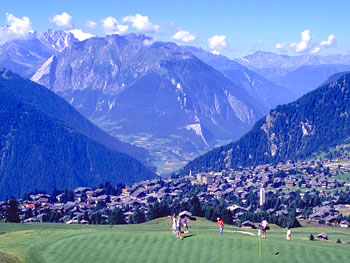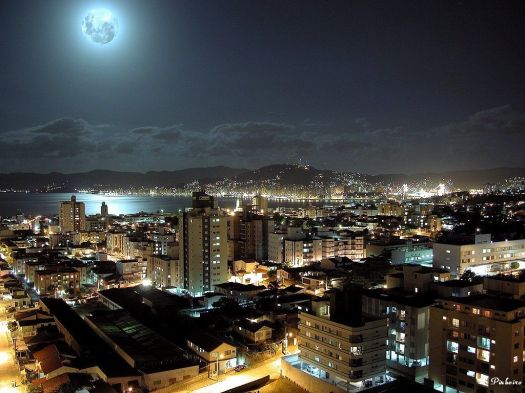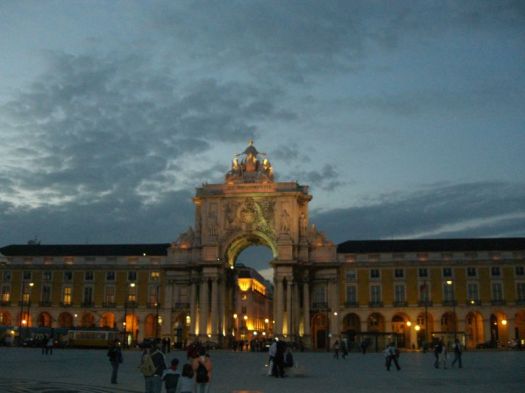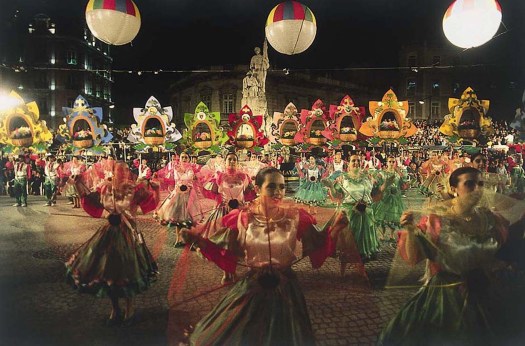Just as his father had done before him, Ludwig wanted to build a splendid new castle upon the ruins of another. His new project was known as the “Neue Burg Hohenschwangau” (“New Castle Hohenschwangau”). Only later, when the castle was opened to the public on August 1, 1886, just weeks after Ludwig’s death, did the edifice come to be known as “Neuschwanstein” (“new swan stone”).



One of biggest ironies of this castle is that a structure built to be a private refuge, “sacred and out of reach” (“heilig und unnahbar”), should now be host to thousands of tourists each year. Another irony: although it was built largely as a stage for Wagnerian productions (“a worthy temple for the divine friend [Wagner]”), the composer never set foot in Neuschwanstein. Nor was the castle’s throne room was ever completed in time to contain a throne.
To execute his dream project, the king commissioned a stage designer as architect. The castle that Christian Jank designed for Ludwig inspires awe and surprise in visitors to this day. But in part because the Disneyesque image of Neuschwanstein has become such a cliché, it is easy to dismiss it as an ostentatious example of poor taste, an anachronistic piece of foolishness. Nevertheless, ever since it was opened to the public, Neuschwanstein has acted as a powerful magnet. The castle’s unique location combined with Ludwig’s “fantasy in stone” creates a special magic. But like any work of art, the more one knows about Neuschwanstein, the more one can appreciate it.
The engineering architect was Eduard Riedel (after 1874, Georg Dollmann; from 1886 to 1892 Julius Hofmann), and Neuschwanstein is an engineering marvel. The castle’s construction lasted 23 years, until long after Ludwig’s death. Although built in the Germanic late Romanesque style of the 13th century, the castle was equipped with the best technology available in the late 1860s. Quite unlike any real medieval castle, Neuschwanstein has a forced-air central heating system. Its rarely-used kitchen was of the most advanced design. The winter garden features a large sliding glass door.
Out of all of Ludwig’s amazing “fantasies in stone,” Neuschwanstein seems to be the most fantastic.
With some of the structure still not totally complete, Ludwig moved into Neuschwanstein’s finished rooms for the first time in 1884. The king spent eleven nights in his dream castle from 27 May to 8 June.
Contrary to popular legend, Ludwig’s building projects did not bankrupt the Bavarian treasury. Neuschwanstein, like Ludwig’s other castles, was financed entirely from the king’s own funds.
































































































